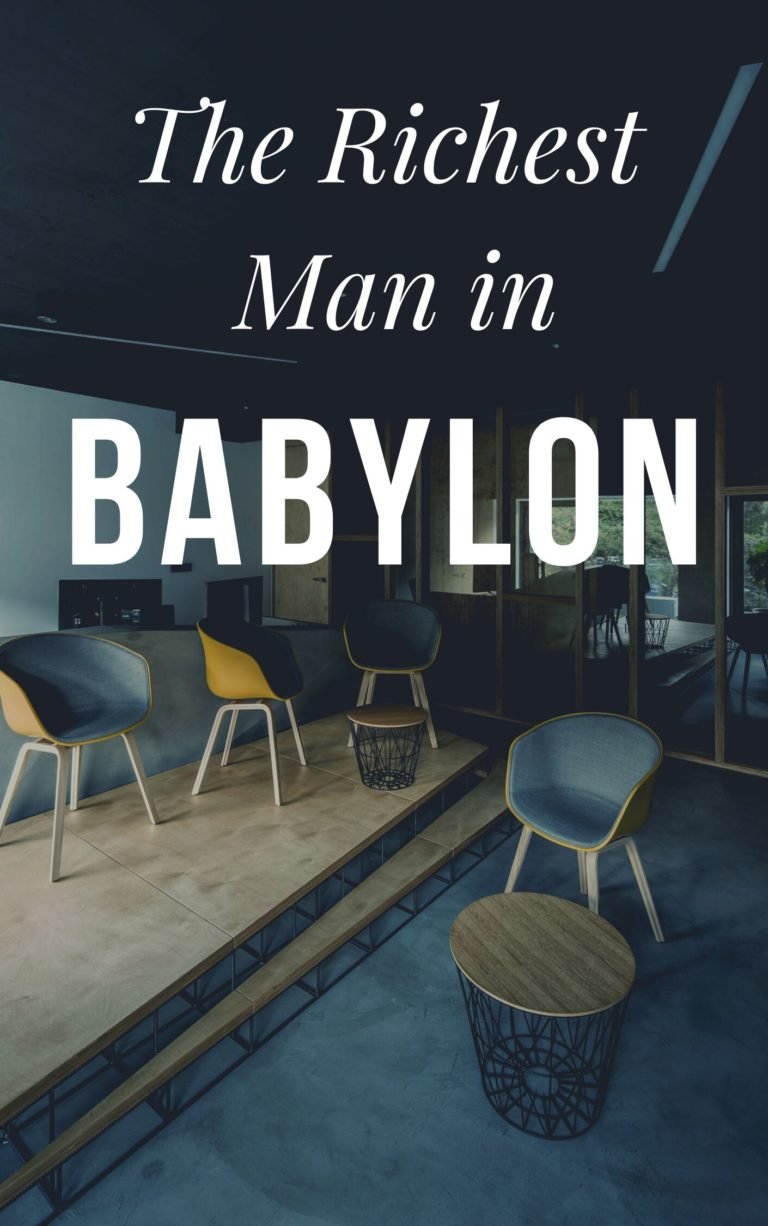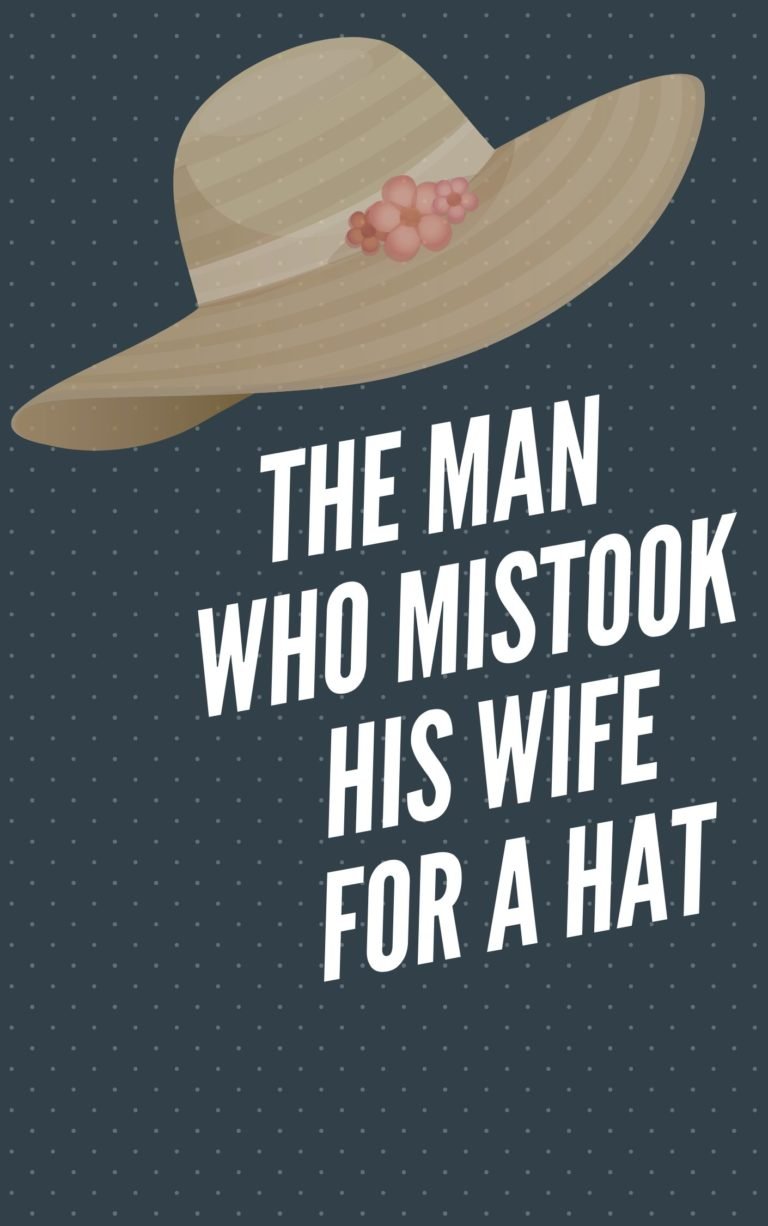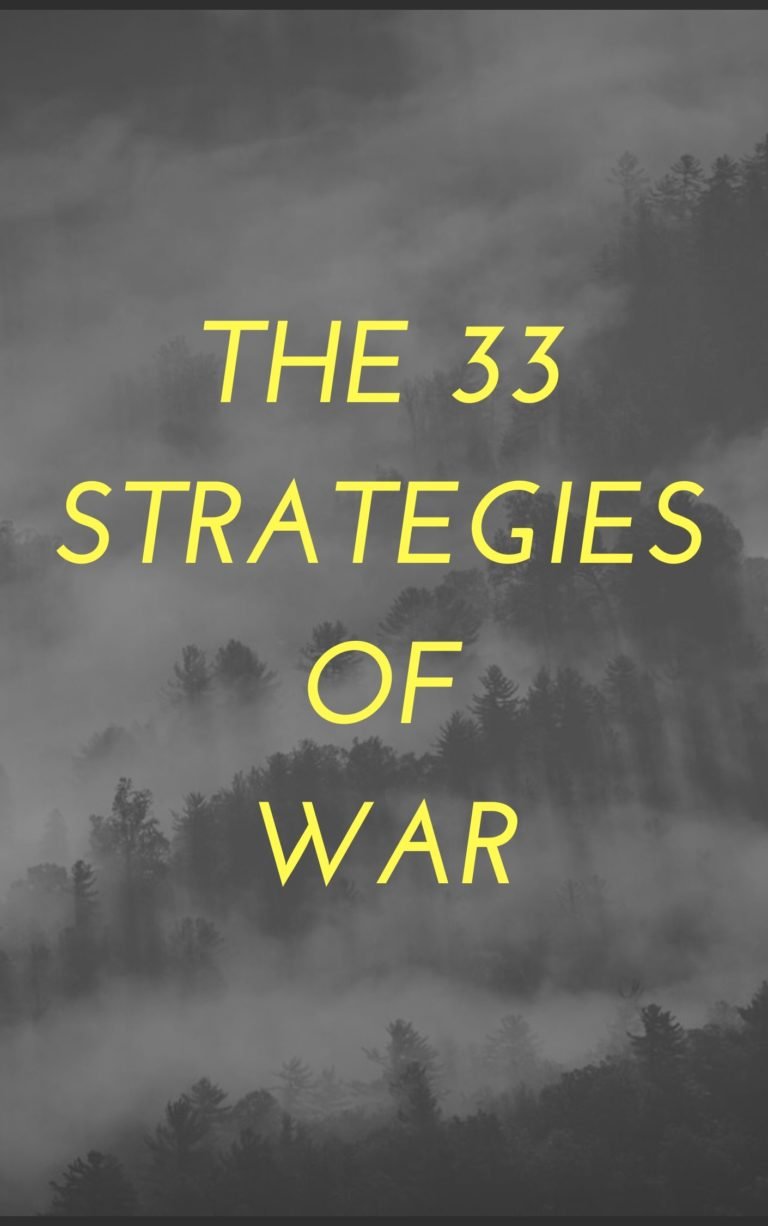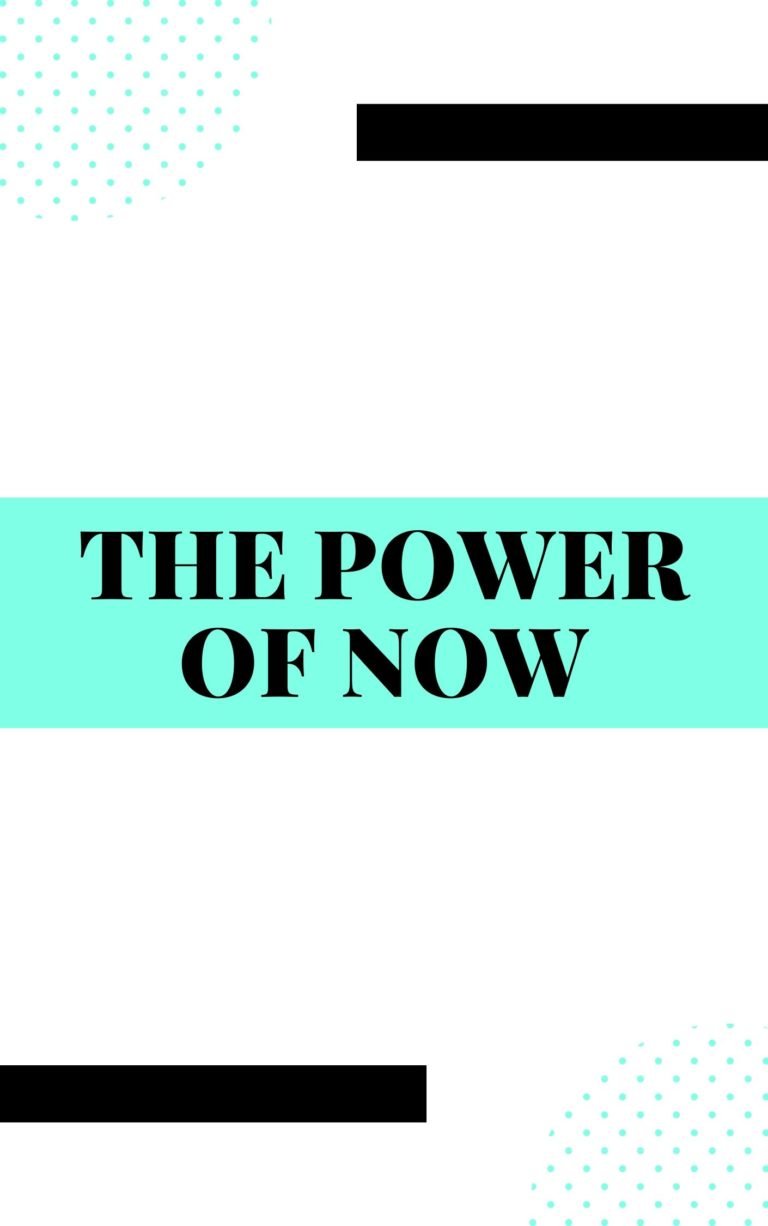Rebel Talent
Why it Pays to Break the Rules at Work and in Life
Jacob Morgan
Rating: 8.4
“Great stories, great science, and great practical advice about how, when, and why to break the rules.”
-Angela Duckworth, author of Grit
Rules Are Made to Be Broken
Harvard Business School professor Francesca Gino acknowledges that every culture has its rules. Laws, norms and traditions, she says, help a society function by setting guidelines for acceptable behavior. Businesses and other organizations have their particular sets of rules, including codes of conduct, dress codes and standardized procedures. Most cultures, including corporate cultures, discourage stepping out of line and impose penalties of varying severity on rebels.
But following the rules isn’t always the best option, Professor Gino asserts, because rules have a serious downside: They can smother employees’ creativity and engagement. A standardized workflow that requires little creative input from workers quickly becomes routine and eventually turns to drudgery. If you can perform much of your job without thinking, you will sooner or later disengage from it. If you want to be creative and feel passionate about your work, Professor Gino believes you may need to go off script.
Being a rebel, she is careful to note, doesn’t mean indiscriminately flouting norms. It means asking a lot of questions and curiously examining processes, norms, rules and assumptions – including your own. Rebels’ favorite questions are “why?” and “what if?”
Professor Gino suggests that the most effective rule breakers generally share the five characteristics of “rebel talent”:
Contents
Novelty
The first trait is having a sense of delight in unpredictability and novelty. Human beings often are conflicted about convention, Gino notes. They have an innate bias toward maintaining the status quo, but they also have an almost irresistible attraction to innovation. Rebels love new ideas and situations, she says, because novelty stimulates creative thinking, heightens alertness, boosts confidence and provides opportunities to learn new skills.
A job made up of routine tasks that offers little novelty breeds apathy. Exposure to fresh experiences, Gino maintains, is the most effective antidote to apathy. Pal’s Sudden Service discovered that rebel leaders can conjure up novelty almost anywhere, including amid the standardized tasks of a fast-food restaurant. At Pal’s, employees prepare orders in an assembly-line fashion, focusing on various food prep tasks at 15 different stations. Managers reduce the tedium by assigning employees to different stations each day. The result is low turnover among a staff that delivers orders at high speed with an admirably low error rate.
Novel situations are stimulating, but Gino realizes they can be uncomfortable, too. In new circumstances, she says, you can’t always fall back on habitual responses that worked in the past. When you successfully navigate uncharted waters, you earn a confidence boost that reignites your commitment to your goals.
Curiosity
Rebels, in Gino’s analysis, enjoy a childlike wonder about the world and love to explore it. Many people are afraid to ask questions because they don’t want to admit they don’t know something. Rebels don’t share this phobia and are always learning. Their questioning boosts their reputation for competence. Professor Gino cites studies suggesting that when most people interact with somebody who asks a lot of questions, they come away with a high opinion of that person’s intelligence and aptitude.
The drive to learn and explore, to question assumptions,and to disregard the we’ve-always-done-it-this-way bias fuels rebels’ flair for innovation and their adaptability to change. Asking “why?” and “what if?” turns a problem into a stimulating challenge. Then something that could have been a source of stress, Gino states, becomes an opportunity to learn and create. Inspiration came to Edwin Land, for example, when his young daughter asked why she had to wait to see the snapshots that their family took. His reflections on her question led to development of the Polaroid camera.
Business leaders with a rebel mind-set encourage curiosity and exploration in their workers. For example, Gino names the moment when second-generation leader Adriano Olivetti took over his family’s famous typewriter business and reconfigured the manufacturing plant from a place of monotonous routine to one that supported employees’ well-being and allowed them to explore a range of interests. He built an on-site library, a movie theater and playgrounds for workers’ kids. He sponsored concert and lecture series. He gave workers two-hour lunch breaks so they could explore these amenities. The company subsequently became a giant of technical innovation and industrial design. Today, it’s Italy’s largest technology company and produces a wide assortment of business machines.
Professor Gino cites research confirming that the most curious employees are often outstanding performers. With their open attitude and willingness to listen to other people’s perspectives, they cultivate the extensive networks and strong relationships essential to business achievement.
Perspective
Being open to other people’s viewpoints is rare, Professor Gino explains, for the counterintuitive reason that experience and expertise tend to squelch openess. As you gain experience and sharpen your skills, you become able to carry out a greater portion of your job without much thought. If you can coast on your repertoire of successful past responses, she suggests, you have little incentive to broaden your perspective. A limited perspective is especially inhibiting in a crisis. In a high-stress situation, your fight-or-flight response kicks in. Your perspective narrows even more to facilitate being able to select rapidly from a small range of promising responses.
Being effective sometimes requires going outside your repertoire. Gino holds up the much-cited example of how pilot Chesley “Sully” Sullenberger saved the lives of the passengers aboard a potentially doomed aircraft. After the plane took off from New York’s LaGuardia Airport, a collision with a flock of birds knocked both the engines out of commission. When Sullenberger realized that the standard responses to engine failure – turning back or landing at an alternate airport or on a highway or field – weren’t going to work, he went for a novel solution: landing successfully in the Hudson River. Gino’s use of Sully to make her point exemplifies how, at times, she turns away from her thesis about going against the grain by citing slightly too-obvious examples.
To widen your perspective, she suggests, change the type of questions you ask about a challenge. Usually, people contend with problems by asking what they should do and sifting through their repertoires to identify a response. Ask instead, “What could I do?” – which encompasses other people’s perspectives and the range of their possible responses. Sullenberg’s expanded perspective allowed him to view the Hudson River as a runway.
Diversity
To widen your vision, Gino urges you to seek input from people of different backgrounds, races, genders or areas of expertise. People have an innate discomfort with diversity. The human mind evolved to view outsiders as a threat and to make snap judgments about who is an outsider through superficial cues such as clothing or skin color. Working in homogeneous groups feels comfortable and produces an illusory impression that the resulting collaborative process is more effective and efficient.
In one experiment, researchers had two types of groups – diverse and homogeneous – assess their work on solving a murder-mystery puzzle. Participants in the homogeneous groups characterized their interactions as smooth and highly effective. Members of the diverse groups believed their collaborations had been less effective. Yet, Gino points out, the diverse groups were twice as likely to solve the puzzle correctly. Rebels enthusiastically embrace diversity and seek to increase it. And that’s productive: An 2009 analysis of performance statistics from 506 companies found that those with a greater racial and gender mix enjoyed superior sales revenue and profits.
The difficulty and discomfort of working in diverse groups, Gino teaches her readers, helps make them more productive. Disagreements and the ensuing tensions help participants challenge their assumptions, which leads to more creative thinking. Rebel leaders appreciate the impact of diversity and find ways to use all the differences in a group – not only ethnicity or gender – to the greatest effect.
To tap the power of diversity, Gino recommends bringing together people from different areas of expertise. Even a person with no experience in the field in which a team specializes can offer productive new perspectives. The business InnoCentive, for example, runs a website that connects companies with problem solvers who can win cash prizes for good solutions. InnoCentive found that the winning solutions for problems in, say, chemistry or engineering, often come from nonchemists or nonengineers. Gino offers an analysis by Harvard Business School professor Karim Lakhani who concluded that competitors whose expertise lay in fields “six degrees removed” from a problem’s field were three times more likely than subject-area specialists to submit a winning solution.
Authenticity
Rule breakers try to bring their “true selves” to their work and interactions. They allow themselves to be vulnerable by exposing their weaknesses. They’re also not shy about revealing their strengths.
A rebel’s openness, Gino asserts, fortifies his or her relationships with others. Openness inspires trust; most people find it easier to relate to someone vulnerable. Opening up is difficult, but she explains that hiding your vulnerabilities can undermine your relationships, damage your self-confidence, erode your performance and drain your passion for your work. It can impede your relationships because people are good at sniffing out fakes and don’t like them.
Engagement
Gino explains how the five elements of rebel talent,, when combined, lead to one goal: increased engagement, which manifests as passion for your work and relationships, persistence, the energy to explore new perspectives and the confidence to be yourself. Rebels cultivate engagement in themselves and in others. Gino cites Doug Conant, who became CEO of Campbell Soup in 2001 and focused on employee engagement to turn the firm around. That year, Campbell’s stock price had fallen to half of its 1998 high. A 2002 Gallup survey of the workforce found the lowest level of engagement it ever detected in a Fortune 500 company. More than 60% of employees said they felt disengaged from their work, and more than 10% were so apathetic that they neutralized the contributions of co-workers who tried harder.
Many executives believed Conant should concentrate on cost cutting, product development or marketing. He believed employee lethargy was the problem. He addressed it by giving the workers a voice in the company’s operations and showing an interest in and regard for their perspectives. Every day, Professor Gino recounts, he strolled through the halls and factory floors talking with employees at every level. He instituted a new type of employee review by inviting a worker, a manager and the head of human resources to sit together. He encouraged the manager and employee to voice concerns, ask questions, deliberate over company issues and offer ideas. In 2009, a new Gallup survey found that fully 68% of employees reported feeling engaged in their work. By 2011, under Conant, the company’s total sales and revenue had grown by roughly 24%.
The Rebel Mystique
By itself, the act of rebellion pays big dividends, even when it doesn’t produce immediately measurable benefits. Rebelling, Gino says, sends powerful social signals about you. “Signaling” is a common phenomenon in the human and animal worlds. A male peacock, for example, sends signals to the females of its species by displaying its showy tail feathers. Humans signal their wealth and power by wearing expensive clothes. But sometimes, she suggests, you communicate even more power by flouting the norms, as did Facebook CEO Mark Zuckerberg by wearing jeans and a T-shirt to the company’s Manhattan IPO presentation, normally a formal affair.
Research shows that wearing something unexpected can raise others’ assessment of a person. In one study, researchers asked Milan boutique workers to assess the status of two versions of a hypothetical customer. The first was a 35-year-old woman wearing a dress and fur coat; in version two, she was dressed in gym attire. The workers judged the woman in gym clothes to be of higher status. Her choice not to conform to the shop’s norms, Gino explains, indicated that she had the status to dress however she wished.
Brilliant and Bland
Professor Gino writes like someone accustomed to an intelligent audience – she’s clear to read and insightful. And she’s renowned for her abilities as a researcher in higher education. This combination may be why her less-academic but worthwhile presentation for laypeople hits some contradictory notes. She advocates for rebels, but uses mainstream examples, perhaps in order to reach a larger audience than academics usually do. However, while her conclusions about the value of rebelling are valid, few of her ideas offer rebellious originality. It’s handy to have these familiar tales about disengagement, Sully Sullenberg, Doug Conant and diversity all in one book. Gino’s treatment should be useful for students, anyone feeling trapped in a tiresome job and those trying to decide just how much they can rebel.







One Comment